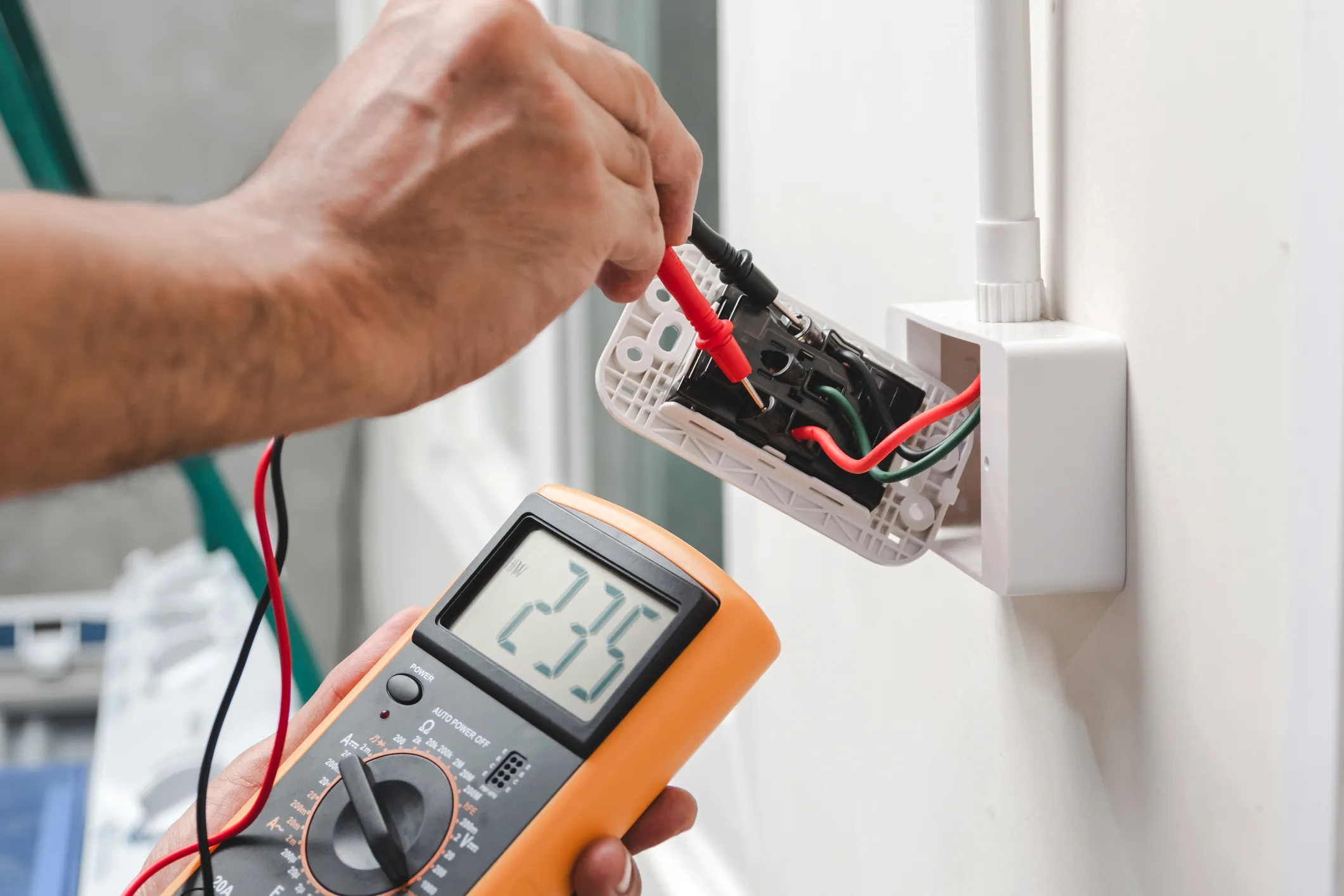Homeowners, landlords, and commercial property managements are responsible (legally) to ensure those living in their property are not at risk of electrical faults. Electricity, both supply and demand, should be at the forefront of their mind when it comes to property maintenance.
It’s recommended, and sometimes legally enforced, to undertake regular electrical inspections on a property to ensure the electrical systems are functioning optimally, hazard-free. These checks are known as EICR, or ‘electrical installation condition reports’ and provide peace of mind and an awareness of the current state of an electrical system. Our EICR checks in Liverpool properties also outline where (if any) the problems are and the most cost-effective way to fix them.
At Peninsula Electrical, we can complete comprehensive electrical inspections in Liverpool, and provide an electrical inspection installation condition report certificate at the end. We’re proud members of the National Association for Professional Inspectors and Testers (NAPIT), which lets our customers know that we’re a regulated and professional service provider.
For more information on our EICR and electrical testing reports, get in touch through our contact form or give us a call on 07453 055 080.
What’s Included in an Electrical Installation Condition Report Certificate?
An EICR is an official document that records the results of an electrical inspection through various tests of a building’s electrical installation? Typically, an electrical installation condition report includes:
- General House Details: Including information like the property address, the owner/tenant’s details, the purpose of the inspection, any limitations (like inaccessible circuits or areas not tested), and the date of the inspection.
- Inspection Report Results: Covering visual checks, regulation verification, earthing and bonding adequacy, condition of the units, and electrical circuit accessibility.
- List of Tests: A list of tests carried on for the inspection, including continuity testing, insulation resistance, trip times and effectiveness, polarity checks, and the effectiveness of fault protection.
- Observations and Codes: A list (if any) of defects or hazards will be recorded with their appropriate classification codes (C1: Danger Present & Immediate Risk, C2: Potential Dangerous, Remedial Action Needed, C3: Improvement Recommended, No Immediate Threat, FI: Further Investigation Needed).
- Summary: We’ll provide a final summary which concludes whether the installation is satisfactory and safe for continual use, or unsatisfactory and in need of urgent or remedial work before continual use. We’ll also include a recommended date for the next inspection based on our findings.
For electrical inspections Liverpool residents can trust, get in touch and one of our engineers will arrange an inspection for you.

Ready to get in touch?
Use our contact form to speak with us or our contact details listed below
 info@peninsulaelectrical.com
info@peninsulaelectrical.com 0151 668 0794
0151 668 0794


